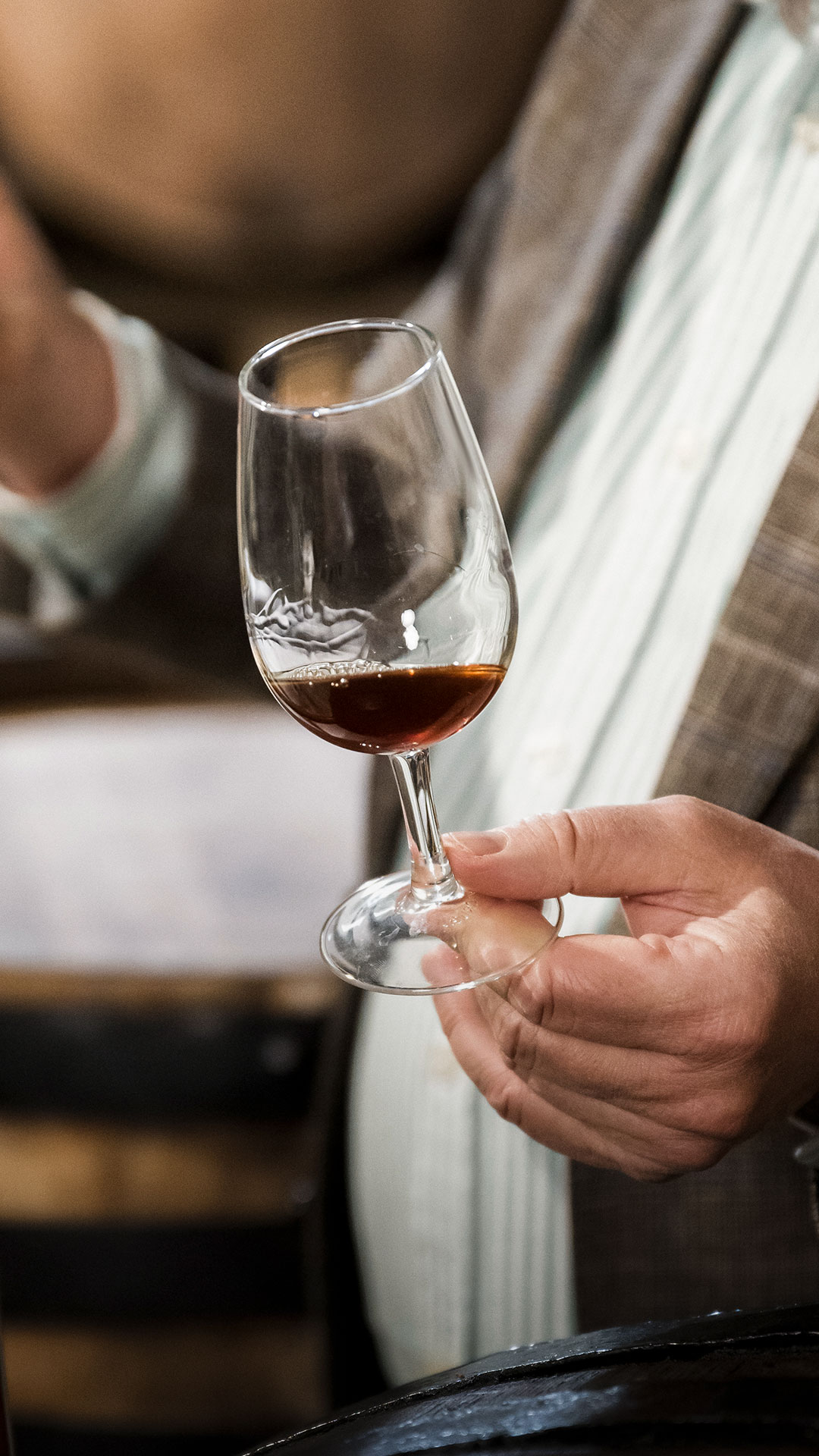
Fortified wines are a testament to the ancient art of creating wines with higher alcohol content and unique complexity. This technique, which combines grape fermentation with the addition of grape spirits, results in wines with a greater concentration of flavor and longevity, making them ideal for aging as well as for special occasions.
Although they are often confused with liqueurs, fortified wines are, in fact, wines produced through a specific process that preserves their typicity without the use of artificial sweeteners.
Origins and History: An Ancient Tradition
The practice of fortifying wines has deep roots in the history of viticulture, with evidence of fortified wines being produced in Antiquity. However, it was during the Modern Age, especially in the 17th and 18th centuries, with the Age of Discovery, that fortification became more popular in Europe, driven by the need to preserve wines during long sea voyages.
Port Wine, for example, has a very strong historical connection to English trade, which in the 17th century began fortifying wines from the Douro region to prevent spoilage during the journey to England. It was in this context that the practice of adding grape spirit to the wine, halting fermentation and resulting in a sweet and robust wine, emerged.
Madeira Wine, with its unique method of aging in a warm, oxidative environment, also has a rich history tied to maritime trade, with Madeira wines being widely used by European navigators during the 18th and 19th centuries. Sherry (Xerez), from the Spanish region of Andalusia, follows a similar aging process.
Types of Fortified Wines: From Sweet to Extra Dry
Fortified wines can be classified from Sweet to Extra Dry depending on the moment of grape spirit addition, as well as the winemaking process, grape varieties used, and aging. Early fortification, as seen in Port Wine or Muscatel de Setúbal, interrupts fermentation early, preserving the natural sugars in the grapes and resulting in sweet wines. Late fortification, seen in some types of Sherry, happens after fermentation, resulting in drier and more complex wines.
Another example of fortification is Marsala, originating from Sicily, which follows a process similar to that of Port Wine, but with the addition of grape spirit later in the fermentation process.
Fortified Wines vs. Liqueurs: The Essential Difference
Although both fortified wines and liqueurs share a high alcohol content and often contain a hint of sweetness, the main difference between them lies in the production process. Liqueurs, such as amaretto or coffee liqueur, are sweet beverages made from a base alcohol, usually brandy, and sweetened with sugar and flavor infusions. Fortified wines, on the other hand, retain their wine base, with alcohol added during the winemaking process, preserving the characteristics of the grape and terroir.
Vermouth, often confused with a liqueur, is also a fortified wine but is flavored with various herbs, spices, and other botanicals, giving it a unique profile and characteristic sweetness.
Modernity and the Legacy of Fortified Wines
Today, fortified wines continue to be produced using traditional methods, but also undergo innovations in winemaking and aging, allowing them to appeal to new generations of enthusiasts.
Their ability to evolve and mature over time, along with the richness of flavors they offer, ensures that they remain a popular choice for both special moments and everyday occasions. Whether as an aperitif, paired with a variety of dishes such as cured cheeses, foie gras, or rich chocolate and dried fruit desserts, or as a contemplative drink, fortified wines remain a true celebration of both the past and the present, offering a range of fascinating flavors and stories.
Click here to discover and explore our selection of fortified wines.

